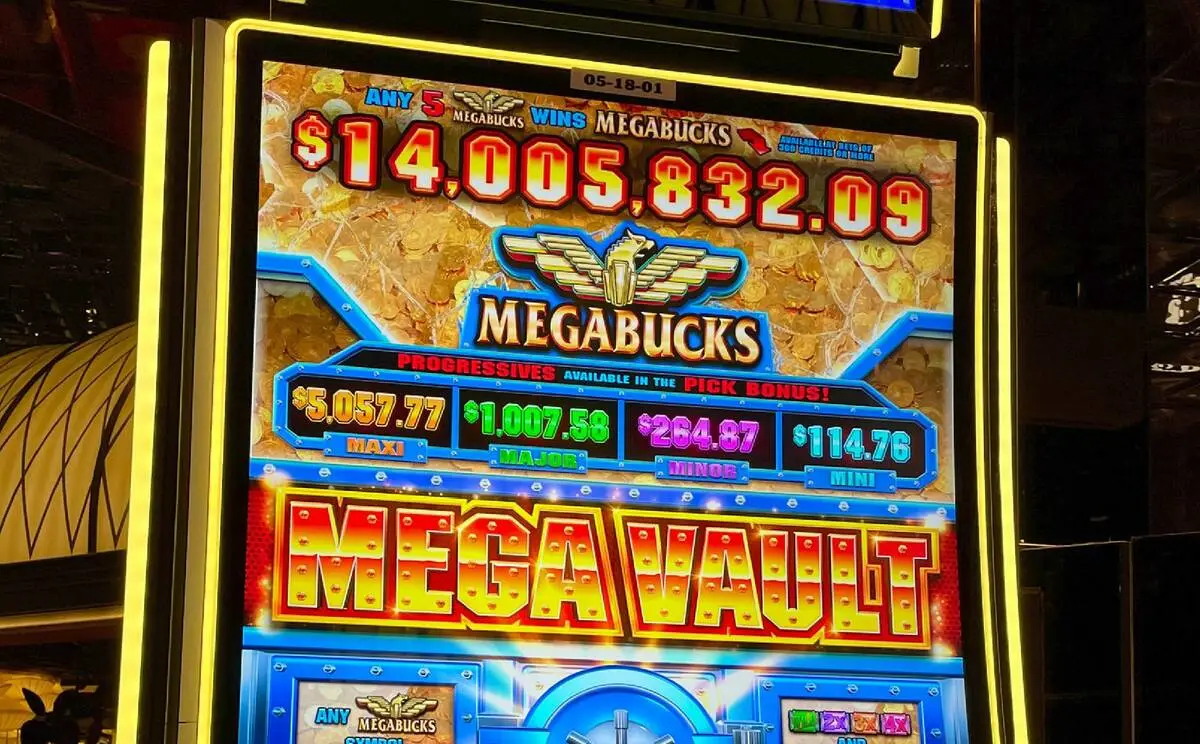Mega Millions jackpot hit record-setting $1 billion mark in January 2016, when its winner from Syracuse, New York elected for a lump sum payout option; his winnings were then subject to federal and state withholding taxes.
Few ever realize their dreams of winning the lottery, yet many still pursue that hope with hopes of creating life-altering jackpots. Here’s what it takes to claim such an immense payout:
Origins
Anyone who has ever played slot machines will recognize the notion of a jackpot as something familiar and life-altering. When bets are placed, money accumulated accumulates with every bet placed and can lead to life-changing payouts if one strikes it lucky! Las Vegas casinos boast enormous jackpots that attract visitors from across the world to try their luck at these games; when one hits one they could turn a couple dollars into millions overnight!
The term jackpot originates in draw-poker, where it refers to the large sum awarded after each hand. Subsequently, this term was applied to slots and other casino games after their jackpot features were introduced – only then was its definition expanded upon by gambling fans.
Odds of winning
Megabucks jackpot odds may be much lower than state lotteries, yet there is always the chance that someone could strike it big. Connie Fox of IGT (maker of Megabucks machines) says many people dream of hitting one of its multimillion-dollar prizes.
Fox has witnessed how winning big can upend families, creating one winner as the leader of an otherwise harmonious household. Some couples and families can bear this change; unfortunately others can’t.
Megabucks originally launched with a jackpot of $1 Million; over time this amount increased to $7 Million, $10 Million and ultimately $15 Million; a jackpot that size could cover mortgage payments for many families!
Taxes
Winning a lottery jackpot can be life-altering, yet a significant portion will go toward taxes. Mega Millions prize winners must pay 24% in federal withholding taxes which will reduce their lump sum payout by around $129 Million.
Most winners opt for the lump-sum cash option, which would result in them receiving $997 million instantly. Unfortunately, this decision can be detrimental for people in poor financial situations.
Due to a federal tax rate of 37% on lottery winnings, much of your windfall will go toward paying taxes. There are ways you can minimize this expense, however; one is by donating part of the prize money directly to charity as this will also allow you to avoid state and local income tax liabilities.
Regulations
One of the most thrilling parts of jackpots is watching them grow, but all winners must keep certain considerations in mind, particularly with regards to taxes governing their winnings.
As jackpots have reached billion-dollar thresholds in the past, many people hope to surpass that feat and win big jackpots themselves.
IRS has also made winning a jackpot more challenging by mandating that slot and VLT machines issue W-2G forms for jackpots over $1,200. This outdated rule imposes heavy compliance costs upon commercial and tribal gaming operations that serve as economic drivers and taxpayers in communities nationwide; in addition, taking machines out of service for up to 45 minutes at once reduces overall revenues at casinos or VLTs.
Prizes
Jackpot prize amounts depend on various factors, such as ticket sales revenue generated by a game and its odds of success for individual players. A jackpot could consist of five, six or even seven figures of money and attract players from around the globe to casino gaming events.
Megabucks machines feature three reels with one payline running down the center of each, with players trying to match symbols along this lone line to win prizes. Many slot players prefer this low-risk, high-reward model; in fact, most jackpot winners opt for lump sum payments rather than annuity payments over 30 years – perhaps they believe investing their winnings is better for long-term success?







